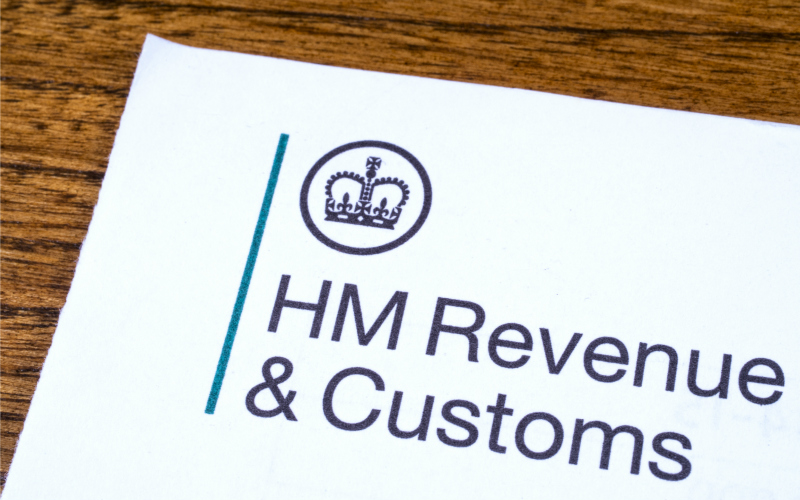
Will HMRC’s new preferential creditor status reduce the availability of lending and successful restructuring?
The highly anticipated and much debated Finance Act 2020 contains two key reforms to mitigate HMRC’s losses during insolvency – the reintroduction of secondary preferential status for HMRC and the controversial introduction of provisions to hold directors personally liable for the tax debts of insolvent companies on a joint and several basis.
In this first of 2 articles, we look at HMRC’s new status from 1st December 2020.
HMRC’s Status as a Secondary Preferential Creditor
HMRC is currently an unsecured creditor in the statutory hierarchy for the distribution of assets in the event of insolvency. This means that it ranks behind fixed and floating charge holders (usually Lenders) in respect of claims against a company.
The Finance Act introduces provisions to move HMRC up the ranks in the statutory hierarchy for repayment, meaning that HMRC will now rank ahead of floating charge creditors and unsecured creditors in respect of certain tax debts held by a business.
The new rules will apply to insolvencies commencing on or after 1 December 2020.
Which taxes do the new rules apply to?
The new rules only apply to taxes collected and held by businesses on behalf of other taxpayers. This includes VAT, PAYE, employee National Insurance contributions, student loan deductions and Construction Industry Scheme deductions. It is important to note that there is no cap or time limit on what HMRC can recover and given the increased support given to business during the pandemic, tax debts are at an all time high for some companies.
The rules do not apply to taxes owed by businesses themselves, including Corporation Tax and employer National Insurance Contributions. For these taxes HMRC will still rank alongside other unsecured creditors.
How will this affect creditors and lenders?
The changes have been introduced to ensure that “when a business enters insolvency, more of the taxes paid in good faith by its employees and customers, and temporarily held by the business, will go to fund public services rather than being distributed to other creditors.”
However, the new rules will have serious implications for lenders, who will often seek to obtain floating charges to secure liabilities owed by borrowers. HMRC’s new ranking will effectively dilute the assets available to floating charge holders and unsecured creditors, meaning floating charges could lose value as soon as the changes come into effect.
Lenders will no doubt be taking steps to review their credit policies to ensure that they are carrying out sufficient due diligence to review borrowers’ tax compliance on an ongoing basis and consider whether a fixed charge would be more appropriate before making facilities available. The preference may also have an impact on pricing of facilities.
It remains to be seen what the long term impact will be but UK Finance estimates that the policy could hit lending by up to £1.5bn.
What about the impact on insolvencies?
A side effect of HMRC having preferential status is that UK businesses will have less access to working capital facilities. This in turn will have a detrimental effect on the UK economy. Curbed lending will make it more difficult for businesses to be rescued, leading to more insolvencies, resulting in a ‘domino effect’ and possibly damaging the entire corporate structure as a result. The impact of such an Act is feared by many, at an already uncertain time due to the coronavirus pandemic and may lead to further instability.
The current Government support to business affected by Covid-19 have created a large amount of unpaid tax obligations, to try to alleviate immediate cashflow pressure on otherwise viable businesses, but it has arguably further impacted the ability of lenders to either secure any new lending or allow a commercial restructure, by swelling the tax liabilities due to obtain the new preferential status.
It is another reminder, if one were needed that the current CBILs scheme should be utilised fully and appropriately as the lending landscape is undoubtedly going to become a lot tougher just as the CBIL scheme draws to an end.
Insight from Pamela Muir, Insolvency, Restructuring and Corporate Partner at Thorntons. For more information contact Pamela on 03330 430350 or email pmuir@thorntons-law.co.uk
